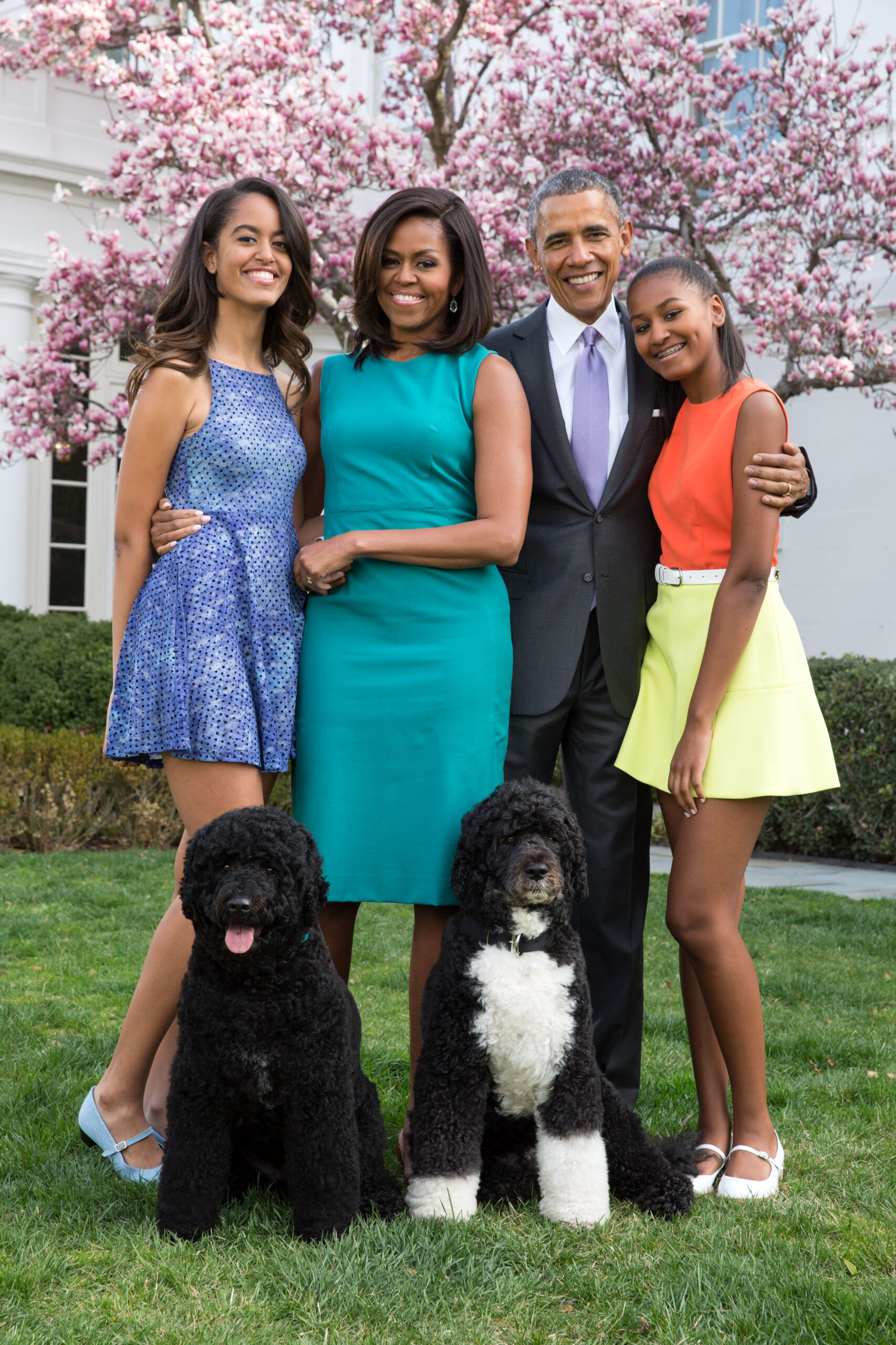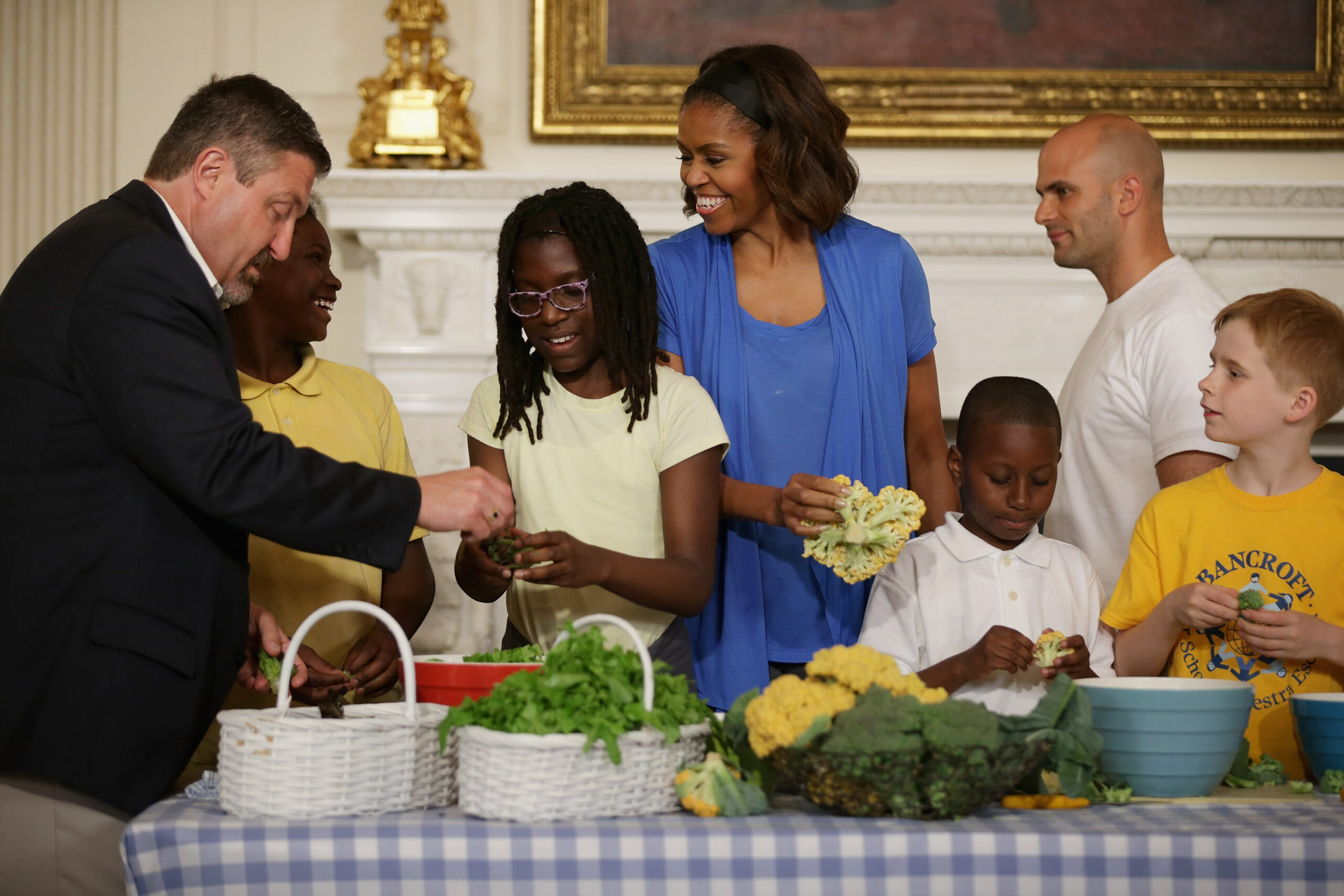Michelle Obama at 60: 6 Life Lessons From the Former First Lady

Michelle Obama speaks during the 2021 Billboard Music Awards broadcast on May 23, 2021. Obama turns 60 on Jan. 17. Photo: Billboard Music Awards 2021 via Getty Images
The last time former U.S. First Lady Michelle Obama passed the threshold of another decade, she was firmly entrenched inside the gilded cage of the White House. Celebrating her 50th into the wee hours, back in 2014 – where she was memorably serenaded by Beyonce and feted by all-star assemblage consisting of everyone from Michael Jordan to Angela Bassett, Billie Jean King and Mary J. Blige – it was a party, and night, to remember.
Older, invariably wiser, her 60th this week (January 17) promises to be another marker – albeit with much less American imperial pomp. If there is one constant, though, it is this: the Princeton grad and Capricorn queen continues to sit at an altitude unbeknownst to most public figures. The closest thing to a near-consensus figure in an age of little consensus, Michelle Obama retains her brand of “mom-in-chief” and as an all-too-sensible paragon of female aspiration. Having coined a much-touted phrase that will go down as one of the most quotable of the 21st century – the “When they go low, we go high” – her persona is enmeshed with the idea of “becoming” (also the title, appropriately, of her record-breaking memoir). This very personification of self-improvement boasts work-in-progress as a core tenet.
As with any gifted public persona, of course – the kind you think you know because you can easily see yourself having a coffee with them – her power does not come from being perfect, or above the fray, but vulnerable, and wholly herself.
As for life lessons we can ply from the life of the former first lady as she embarks on her latest chapter? Here are six for 60:
Family Comes First
For all of the inspirational haloes attached to Michelle Obama, it is her matter-of-factness that has always made her a relatable figure – a person shaped very much by her upbringing on the South Side of Chicago in a humble apartment with her older brother, Craig Robinson, and their parents.
In a talk in Los Angeles in 2018, she spoke about her mode of mothering, modelled after her own mom. “The mother that I am today is a direct result of Marian Robinson. My mom is one of the smartest people with just plain old common sense. The thing she always said that I do remember is that, she told me and my brother, ‘I wasn’t raising children. I was raising adults.’”

That is to say, her mom always treated she and Craig like the adults she wanted them to be, and she never belittled them in conversation. “She always talked to us like we had sense,” she added. “She never used baby talk. She would ask you to explain yourself. She would include you in big grown-up conversations. There was never anything that she wouldn’t talk to us about.”
In raising her own daughters, Sasha and Malia, she, as always, put her family first.
“A lot of women ridiculed me for that, but the first, most important job I have is who my girls are going to be,” she explained. “If I can’t get them right, I can’t get y’all kids right, and I can’t work for anybody else.”
Marriage is Work, Not Destiny
Thirty-one years into their union – in and out of the White House – Michelle often gets asked about how and she and husband Barack have made it work. “We have to understand that marriage is never 50/50,” she has written.
Conversely, marriage is less like a scale, and more like an abacus – with beads sliding back and forth; a relationship ever-evolving. Fact: in her marriage, “somebody was always giving way more,” and she is open about the fact she had to make sacrifices to prioritize her husband’s career.
More real talk from Michelle (who has also shared about seeing a marriage counsellor): “I think it’s important for us … not to glamorize what a partnership feels like because then young people quit too soon. They quit before they’ve really played out the full scenario … what are you trying to get out of this relationship with this other person? Have you thought it through? Are you seeking a wedding or do you want a relationship? Those are two very different things.”
You Are Who You Befriend
Michelle’s thoughts about friendship come down one philosophy: “You have to fill your bucket with positive energy – and if you have people hanging around you that are bringing you down and not lifting you up, whether that’s your ‘boo’ or your best friend – you have to learn how to push these people to the side.”
Her gift for friendship is exemplified by her encounter with Valerie Jarrett, who she interviewed with for a job in the Chicago mayoral office back in 1991 when the latter was the mayor’s deputy chief of staff. Michelle not only got the job, but made a life-long friend – one who would grow to be as invaluable as you can in the Obama circle. Jarrett later served as a senior advisor during Barack Obama‘s presidential campaign, and stayed on in the role when he won the White House.
Making a Difference Comes in Many Forms
Using her own version of “soft power,” Michelle’s Let’s Move campaign, when she was first lady, was more than just East Wing PR or symbolic window-dressing (i.e. the vegetable garden she painted at the White House). Indeed, many of the things that made her seem “soft” – the industry collaborations, the emphasis on exercise – were part of a shrewd strategy, as a senior health correspondent with Vox evaluated in an exhaustive piece. Through her leadership, the Obama administration seized on a moment when America started paying attention to food, and made fighting obesity a priority – both symbolically and legislatively.
Take the Healthy, Hunger-Free Kids Act, which became a reality in 2010, centering on an effort to make the National School Lunch Program more nutritious with more whole grains, a wider variety of fruits and vegetables and less sodium and meat. The law specifically mandated that schools stop marketing fat-, sugar-, and salt-laden snacks in cafeterias and vending machines, for instance. Likewise, her work behind the scenes in helping to bring more transparency to packaged foods – which led one of the most consequential overhauls to nutrition labels in decades – cannot be underestimated.

How did she do it? Michelle helped pushed it through, by not just getting her husband on board – persuasion begins at home! – but also by involving all stakeholders in a meaningful way.
“They decided that rather than lambasting industry or criticizing industry, they should invite companies or the private sector to participate,” said Susan Neely, the then-president and CEO of the American Beverage Association, “and I think they made it clear the bar was going to be high in terms of what legitimate participation would look like.”
The Power of Staying Focussed
“I was given no script, no talking points, no advice” – it’s how Michelle described days during her husband’s presidential campaign when, for the first time in her life, she was expected to do a lot of public speaking. She really did not feel confident! And to say she grew into the practice is an understatement. Today, she is known as being one of the most gifted public speakers in America – her speeches at the Democratic conventions in both 2016, and 2020, highlight this.
Notably, none of it came it by accident. Hyper-organized and prepared – skills she mastered as a lawyer – she “rehearsed and re-rehearsed until I could pace the commas in my sleep,” as she wrote about one speech. Practice, perfect: that whole ethos.
But even the most practiced cannot generate the authenticity that Michelle has in droves, and what ultimately connects people to her. Even with her expert delivery – pausing just so during intervals, or stretching out the delivery of each syllable at other parts – her emotion is what sells it. She writes that she established a strict code for herself, “to only say what I absolutely believed and what I absolutely felt.”
Stand in Your History
Like her husband, the influence that Michelle has wielded as a transformational figure has involved … well … just being. Part of that is being the first to walk through the door, whether it be as the only person of colour in the corporate law firm she worked in, as she has described, or as first lady – while simultaneously pointing out plainly that the home she lived in then was, indeed, built by slaves. Then there’s that majestic official portrait of hers that will sit forever in the National Portrait Gallery.
“When I hear about negative and false attacks, I really don’t invest any energy in them, because I know who I am,” she told Marie Claire magazine in 2008.
As Michelle Obama wrote in Becoming, “Your story is what you have, what you will always have. It is something to own.”
RELATED:
Michelle Obama Combines Advice and Introspection in The Light We Carry
Michelle Obama to Star in New Netflix Children’s Cooking Show, Waffles + Mochi